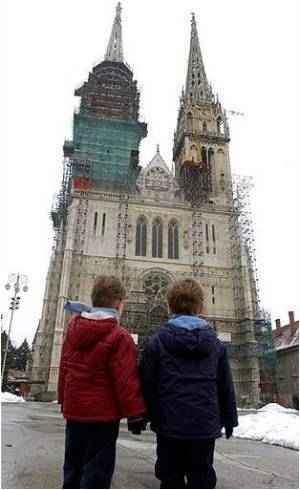If recent findings from one of the world's best-preserved Stone Age settlements are anything to go by, then perhaps biological kinship need not have had much significance in early

Many buildings in Catalhoyuk were built so close together that people had to get in through the roof.
Its residents farmed crops and domesticated animals, and tried their hands in painting and sculpture.
New analysis of the village's dead reveals they also buried their dead beneath the floors of the houses, suggesting that people were buried where they lived, reports New Scientist.
So Marin Pilloud of the Central Identification Laboratory in Hickam, Hawaii, decided to figure out how the buried humans were related.
Pilloud and Clark Spencer Larsen of Ohio State University analyzed this. Pilloud took detailed measurements of the teeth from 266 skeletons - since people who are related should have similarities in tooth morphology.
Advertisement
"It doesn't look as if there was a strong genetic component to determining who would be buried together," Pilloud said.
Advertisement
"I'm not trying to argue that biological relationships would not have been perhaps meaningful to the people at Catalhoyuk," Pilloud said.
"But rather, biological kinship "wasn't the sole defining principle much like we presume it was in the hunter-gatherer era," she added.
Source-ANI









